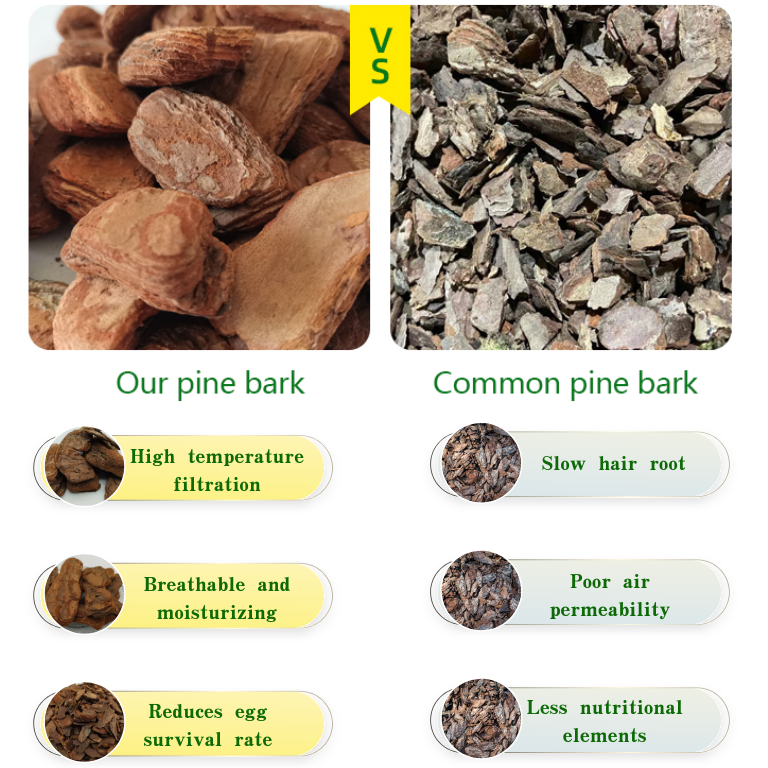
Hydrophobic Characteristics of Pyrogenic Silica and Their Applications in Various Industries
Hydrophobic Pyrogenic Silica An Overview of Properties and Applications
Hydrophobic pyrogenic silica, also known as fumed silica, is a highly specialized form of silicon dioxide (SiO2) produced through the high-temperature oxidation of silicon compounds. This unique material has garnered significant attention across various industries due to its remarkable properties, including its high surface area, low density, and hydrophobic characteristics. This article explores the properties of hydrophobic pyrogenic silica, its manufacturing process, as well as its diverse applications.
Manufacturing Process
The production of hydrophobic pyrogenic silica involves the combustion of silicon tetrachloride (SiCl4) or silane (SiH4) in an oxygen-rich environment. The result is a fine, powdery substance with particles that exhibit a high degree of surface area, often exceeding 300 m²/g. To impart hydrophobicity, a post-treatment process is typically employed. This involves coating the silica particles with silanes, such as hexamethyldisilazane (HMDS), which modifies the surface properties by replacing hydroxyl groups with hydrophobic organic groups. This treatment is crucial because it provides the silica with water-repellent characteristics, making it suitable for applications where moisture resistance is essential.
Properties of Hydrophobic Pyrogenic Silica
Hydrophobic pyrogenic silica possesses a number of distinctive properties conducive to its wide utility. Firstly, the high surface area coupled with low bulk density allows for effective reinforcement in composite materials, enhancing their mechanical strength without significantly increasing weight. Secondly, the hydrophobic nature of the silica makes it ideal for use in formulations requiring water resistance. This characteristic is particularly beneficial in coatings and sealants, where moisture can significantly degrade performance.
Moreover, hydrophobic pyrogenic silica exhibits excellent thixotropic properties, meaning it can alter viscosity in response to shear stress
. This property is vital in various applications, as it allows for easy mixing and application while ensuring stability over time.hydrophobic pyrogenic silica

Applications
The versatility of hydrophobic pyrogenic silica enables its utilization in a plethora of sectors. One prominent application is in the coatings industry. The addition of hydrophobic silica improves scratch resistance and durability while enhancing the water repellency of paint formulations. This feature is particularly beneficial in exterior applications, where protection against the elements is paramount.
Another significant area of application is in the production of sealants and adhesives. The hydrophobic nature of the silica facilitates stronger adhesion to substrates by minimizing the effects of moisture. As a result, products such as caulks and adhesives enjoy enhanced performance in various environmental conditions.
In the realm of cosmetics and personal care, hydrophobic pyrogenic silica serves as a key ingredient in formulations of powders, creams, and lotions. Its ability to absorb excess oil and improve texture makes it a popular choice among cosmetic formulators. Additionally, it is used as a flow agent in powdered products, ensuring uniform dispersion and preventing clumping.
Additionally, the pharmaceutical industry benefits from hydrophobic pyrogenic silica as an excipient, aiding in the formulation of solid dosage forms. Its properties help improve the flowability and compressibility of powders, thus enhancing the manufacturing process of tablets and capsules.
Conclusion
In summary, hydrophobic pyrogenic silica is a highly valuable material with a multitude of applications across diverse industries. Its unique properties – including a high surface area, low density, and water-repellent characteristics – make it an indispensable ingredient in formulations requiring durability and performance. As industries continue to innovate and seek advanced materials for improved products, the role of hydrophobic pyrogenic silica is likely to expand, affirming its importance in future technological advancements.
Share
-
Premium Pigment Supplier Custom Solutions & Bulk OrdersNewsMay.30,2025
-
Top China Slag Fly Ash Manufacturer OEM Factory SolutionsNewsMay.30,2025
-
Natural Lava Rock & Pumice for Landscaping Durable Volcanic SolutionsNewsMay.30,2025
-
Custom Micro Silica Fume Powder Manufacturers High-Purity SolutionsNewsMay.29,2025
-
Custom Mica Powder Pigment Manufacturers Vibrant Colors & Bulk OrdersNewsMay.29,2025
-
Custom Micro Silica Fume Powder Manufacturers Premium QualityNewsMay.29,2025






